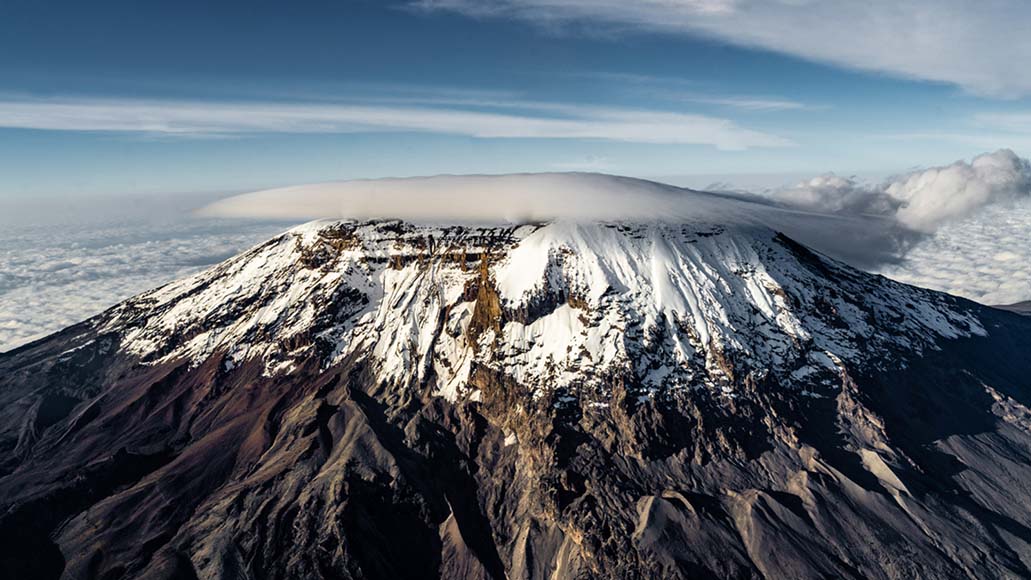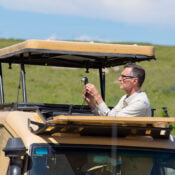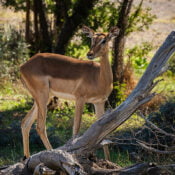When is the best time to climb Kilimanjaro?

When is the best time to climb Kilimanjaro?
Introduction to Mount Kilimanjaro and Its Climate
Mount Kilimanjaro, standing at an impressive 5,895 meters (19,341 feet), is Africa’s highest peak and one of the Seven Summits—a collection of the highest mountains on each of the seven continents. Located in Tanzania, near the Kenyan border, Kilimanjaro is not only a symbol of natural beauty but also a significant challenge for climbers worldwide. Its towering presence and diverse ecosystems make it a unique destination for adventurers and nature enthusiasts alike.
The journey to the summit of Kilimanjaro takes climbers through five distinct climatic zones, each offering a variety of experiences and challenges. Starting in the tropical montane forest at the base, climbers pass through the heath and moorland zone, the alpine desert, and finally reach the arctic conditions at the summit. These climatic zones, ranging from lush rainforests to barren, icy landscapes, require climbers to be well-prepared for a wide range of weather conditions.
The climate on Mount Kilimanjaro significantly influences climbing conditions and overall safety. The lower slopes are characterized by warm, humid conditions, while the higher elevations can be frigid and windy. Rainfall is another critical factor; the wet seasons, typically from March to May and November, can make trails slippery and treacherous. Conversely, the dry seasons, from June to October and December to February, generally offer more stable weather, making these periods more popular for climbs.
Understanding the impact of Kilimanjaro’s unique climate is essential for planning a successful ascent. Choosing the right time of year can greatly enhance the experience, offering clearer skies, better trail conditions, and more manageable temperatures. As such, timing is a crucial consideration for anyone looking to conquer this iconic peak.
Understanding Kilimanjaro’s Weather Patterns
Mount Kilimanjaro, located near the equator in Tanzania, experiences distinct weather patterns that significantly influence climbing conditions. The climate of Kilimanjaro is primarily divided into two main seasons: the dry season and the rainy season. Understanding these seasonal variations is crucial for climbers planning their ascent.
The dry season occurs twice a year: from late June to October and from late December to February. These periods are characterized by clear skies, minimal rainfall, and relatively stable weather conditions, making them the most popular times for climbing Kilimanjaro. During these months, trails are generally dry and stable, and visibility is excellent, providing climbers with spectacular views of the surrounding landscapes. The consistent weather also means fewer disruptions to the climbing schedule, allowing for a smoother and safer ascent.
In contrast, the rainy seasons extend from March to May and in November. The long rainy season, from March to May, brings heavy rainfall, particularly on the lower slopes of Kilimanjaro. Trails can become slippery and muddy, increasing the risk of accidents and making the climb more physically demanding. Additionally, cloud cover can obscure views, and persistent rain can dampen the overall experience. The short rainy season in November, while less intense, still presents similar challenges with wet conditions and reduced visibility.
Climbers should weigh the pros and cons of each season before deciding on the best time for their expedition. While the dry seasons offer favourable conditions for a more comfortable and scenic climb, they also attract more climbers, leading to crowded trails. On the other hand, the rainy seasons, though challenging, provide a more solitary experience with fewer crowds. However, the increased difficulty and potential hazards require careful consideration and preparation.
Ultimately, the choice of when to climb Kilimanjaro hinges on personal preferences and the willingness to face the specific challenges presented by each season. By understanding Kilimanjaro’s weather patterns, climbers can make informed decisions to enhance their journey up Africa’s highest peak.
Optimal Time Frames for Climbing Kilimanjaro
Mount Kilimanjaro, with its towering peaks and diverse ecosystems, offers climbers a unique experience, but the timing of your ascent can significantly impact your journey. Generally, the best months to climb Kilimanjaro are during the dry seasons, specifically from January to early March and from June to October. These periods are considered optimal due to several key advantages.
Firstly, the weather during these months is relatively stable, with fewer rain showers. This stability enhances safety and comfort, reducing the risks associated with slippery and muddy trails. The dry seasons also provide clearer skies, offering breathtaking views of the surrounding landscapes and a better chance to witness the majestic sunrise at the summit.
From January to early March, the mountain experiences slightly warmer temperatures, making the climb more pleasant, especially at higher altitudes. This period is ideal for those who may be sensitive to colder conditions. The primary climbing routes are less crowded during these months, providing a more serene and personal experience.
On the other hand, from June to October, you can expect cooler temperatures, particularly at night. However, this period coincides with the summer holidays in Europe and North America, resulting in busier trails. Despite the increased foot traffic, the overall climbing conditions remain excellent, thanks to the consistently dry weather.
Based on historical weather data and climbers’ experiences, specific weeks within these optimal months can be particularly favourable. For instance, late January to early February and mid-September are often recommended. These weeks typically offer the best combination of weather conditions and manageable trail congestion, ensuring a more enjoyable and successful climb.
Choosing the right time to climb Kilimanjaro can make a significant difference in your overall experience. By planning your ascent during the optimal time frames of January to early March or June to October, you can take full advantage of the favourable weather, better trail conditions, and the unparalleled beauty of Africa’s highest peak.
Other Factors to Consider When Planning Your Climb
When planning your Kilimanjaro climb, it is essential to take into account several factors beyond weather conditions and peak seasons. One of the foremost considerations is your fitness level. Climbing Kilimanjaro requires significant physical endurance and stamina. Therefore, it is crucial to engage in a comprehensive training regimen that includes aerobic exercises, strength training, and hiking practice. This preparation will not only enhance your physical capabilities but also increase your confidence as you undertake the climb.
Acclimatization is another critical aspect that can influence the timing of your Kilimanjaro ascent. Due to the high altitude of the mountain, it is advisable to allow adequate time for your body to adjust to the reduced oxygen levels. Planning for acclimatization days within your itinerary can prevent altitude sickness and improve your overall climbing experience. Choosing routes that offer gradual elevation gain and longer schedules can be beneficial in this regard.
Additionally, the potential crowding on popular routes during peak seasons is an important consideration. While climbing during these times may offer better weather conditions, it can also lead to congestion on the trails. This might affect your pace and overall enjoyment. Opting for less frequented routes or climbing during shoulder seasons can provide a more serene and private experience.
The role of local guides and support teams cannot be overstated. Hiring experienced and knowledgeable guides can significantly enhance your climb. They provide valuable insights, ensure your safety, and assist with logistics. Researching and selecting reputable local operators can make a substantial difference in the success of your expedition.
Lastly, regardless of the time of year you choose to climb Kilimanjaro, it is vital to make the most of your experience. Embrace the journey, take the time to appreciate the unique landscapes, and connect with fellow climbers. Proper preparation, a positive mindset, and respect for the mountain’s challenges will contribute to a memorable and rewarding adventure.
Recent Posts
What is a Game Drive?
Top Reasons Why Tanzania Should Be Your Safari Destination
Tags




